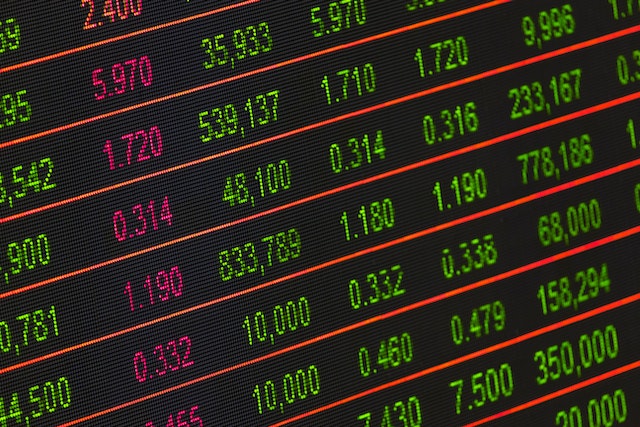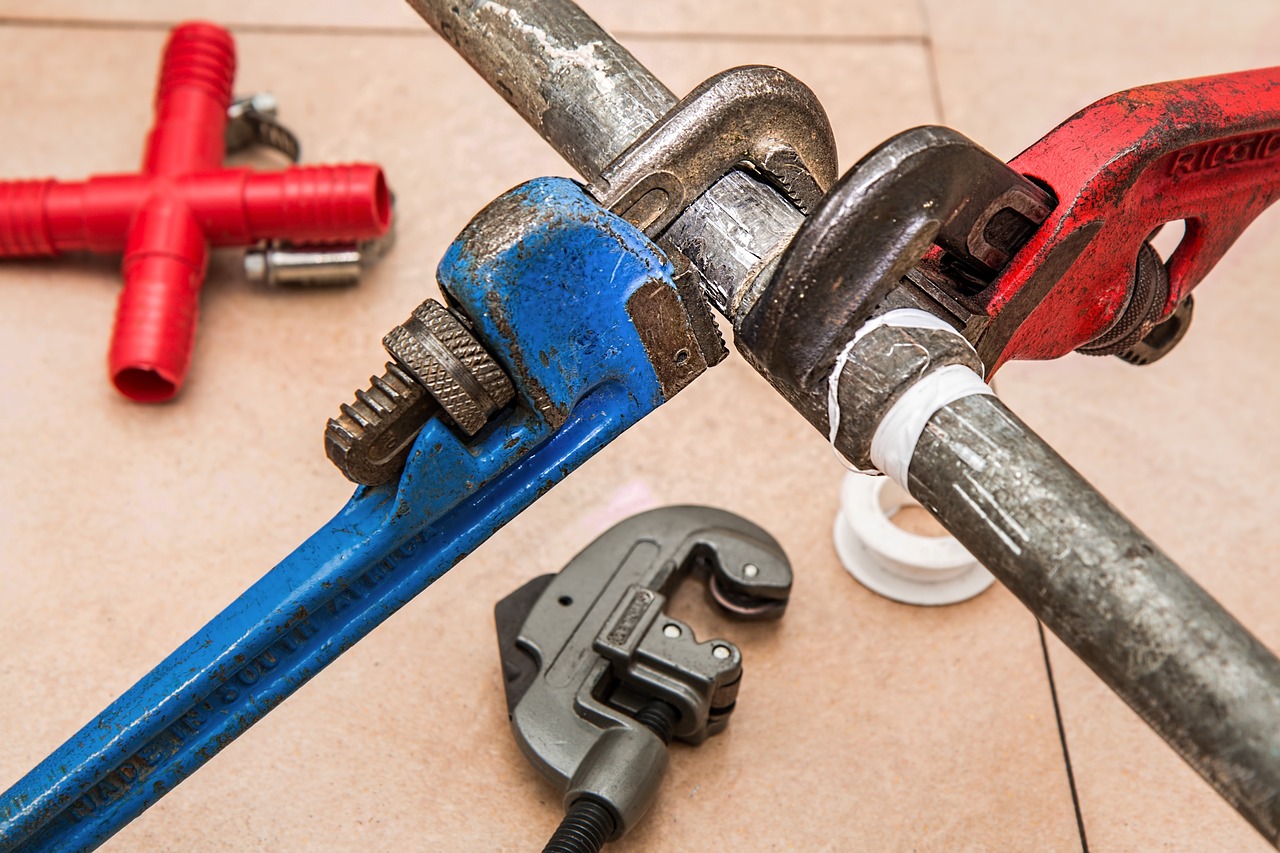Category: Uncategorized
-
Precious Metals As Currency

Precious metals have long been used as currency, and the practice continues to this day. Gold and silver have traditionally held a certain level of value that is recognized across cultures, making them ideal for use in bartering or trading goods and property. But beyond their monetary worth, precious metals also offer many other advantages…
-
Are Precious Metal Investments Safe for Seniors?
Precious metals are widely accepted as a safe haven during economic crisis. They also tend to increase during stock market declines. However, precious metals aren’t without risks, just like any other asset class. Here are some things to look out for when investing in precious metals: Investing in Gold Gold is a safe investment option…
-
Financial Charity Projects in the US

The United States has recently been facing a number of financial charity projects in which the government is making financial contributions to hospitals and healthcare facilities to help them to expand services and improve the quality of care. These projects include the restructuring of the tax exemption for nonprofit hospitals to more closely tie government…
-
Despairity Challenges Ahead Support Gold

Gold is a long-term safe haven, albeit a very volatile one. However, even if it does continue to rise, there are immense challenges ahead that could keep it from regaining its former glory. In fact, a number of factors have already begun to take shape. Let’s take a look at what they are, and how…
-
What Do Gold IRA Companies Specialize In?

If you are interested in investing in gold, you may be wondering what type of companies specialize in this investment. The answer is a variety of different companies. Some of them focus on gold mining, while others only deal with IRA investments. Augusta Precious Metals Augusta Precious Metals is a premier provider of physical gold…
-
Precious Metal Investing for Seniors

Whether you are a senior citizen looking to invest your retirement funds, or you are a younger person looking for ways to invest in precious metals, there are some tips to keep in mind. Gold IRAs Investing in gold can be a smart decision for retirees. It can help protect your money against inflation and…
-
Am I Eligible For Food Stamps?

The first question to ask when you think about applying for SNAP is, “Am I eligible?” This depends on your income level, housing situation, and other factors. Below, you will learn what kinds of situations can disqualify you for food stamps. There are also some things you should know about deductions for SNAP. Income eligibility…
-
How to Tell If Your Parents Memory is Declining

If you are worried about your aging parent’s memory, you may be wondering how to tell if their memory is declining. There are a few different ways to spot the signs and get a heads up. First of all, it’s important to remember that your parent may be more aware of their memory problems…
-
How to Help Seniors in Need

Seniors can’t always leave the house, so family members can visit to help them get out and socialize. They can bring over a favorite meal or rent a movie to watch together. They can also run errands for seniors who can’t drive. You can offer to take them along while you do your errands. Handymen…